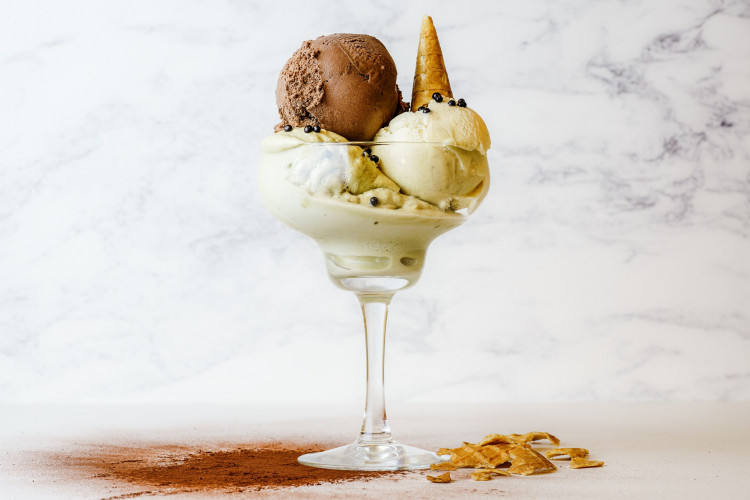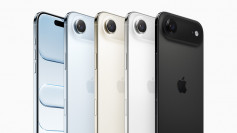Plastic waste could soon be converted into vanilla flavoring using genetically modified bacteria.
According to new research from the University of Edinburgh, scientists can use E. coli bacteria to convert plastic waste into vanillin, the main flavor component of vanilla beans. The researchers say this discovery represents a significant step forward in the fight against plastic waste, which is a major issue worldwide.
Although vanillin can be extracted naturally from vanilla beans, the beans are costly, so synthetic vanillin is significantly more common. This technique is said to produce 85% of the world's vanillin.
"This is a really interesting use of microbial science at the molecular level to improve sustainability and work toward a circular economy," Ellis Crawford, publishing editor at the Royal Society of Chemistry, said.
The researchers at the University of Edinburgh focused on polyethylene terephthalate (PET), a type of plastic commonly used in the packaging of everyday items such as food, shampoo, bottles and so on.
According to the study, which was published in the journal Green Chemistry, the scientists converted terephthalic acid, a plastic-derived molecule, to vanillin at a rate of 79%. This is the "first biological upcycling of post-consumer plastic trash into vanillin using an engineered microorganism."
It's a fact reaffirmed by Joanna Sadler of the University of Edinburgh, who led the new study.
"This is the first example of using a biological system to upcycle plastic waste into a valuable industrial chemical and it has very exciting implications for the circular economy," Sadler said.
The researchers also stated that the global demand for vanillin in 2018 was "in excess of 37,000 tons." Because its demand considerably outstrips the supply from vanilla beans, methods for its synthesis have been thoroughly studied, they said.
Though the researchers claimed that the vanillin produced is safe for human ingestion, further study is recommended.





